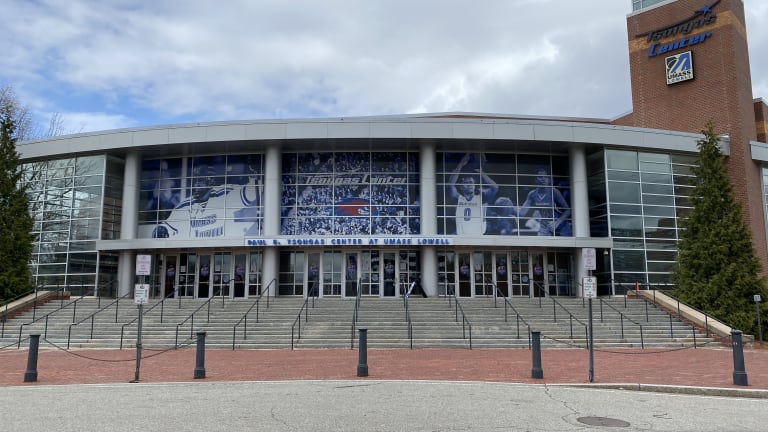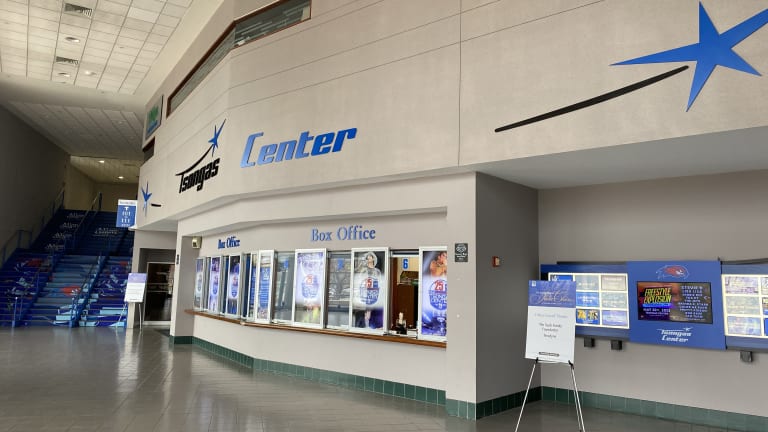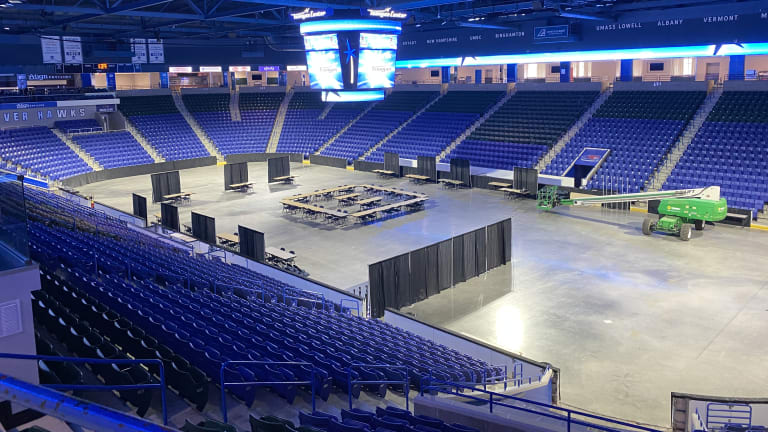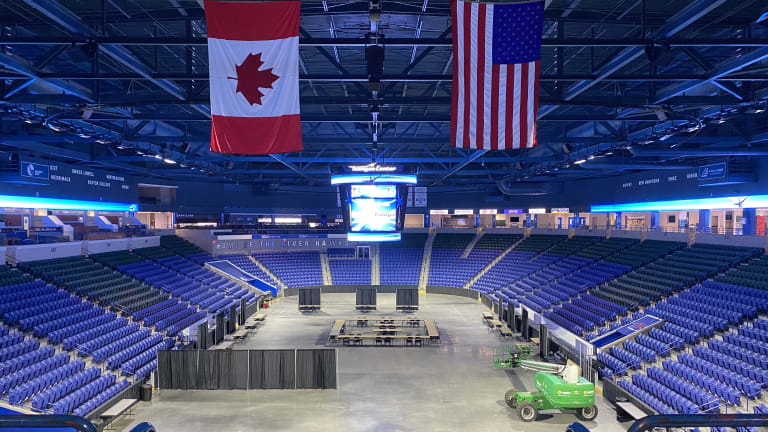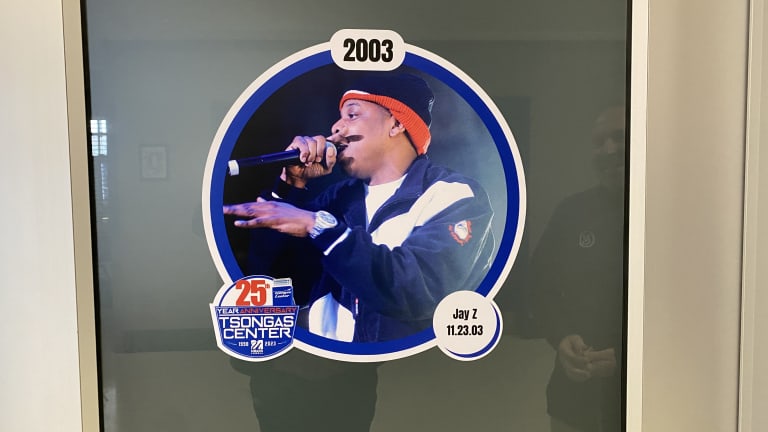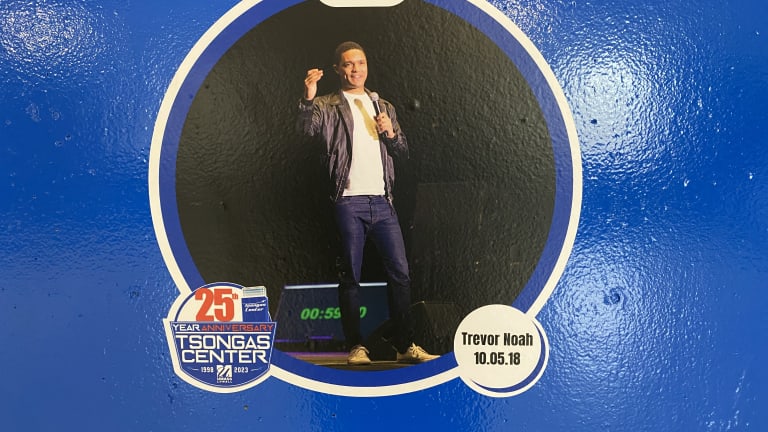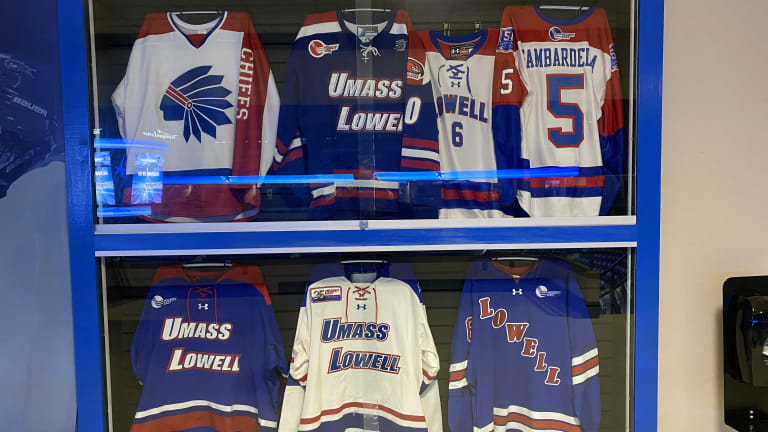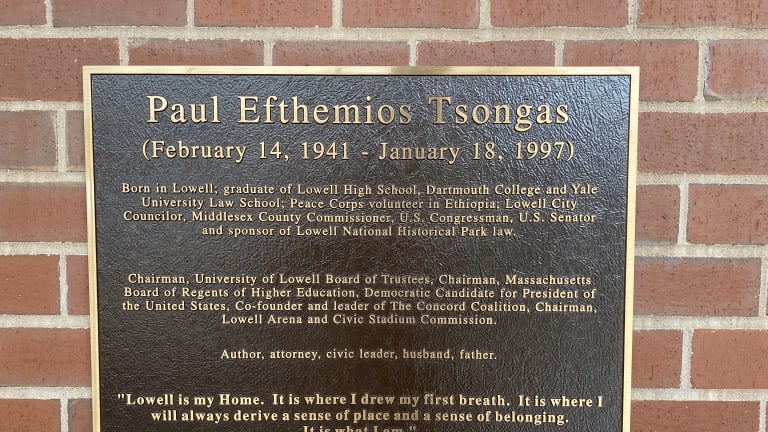Special Feature
"That Red Light" & The Blueprint: Returning to Lowell, where 20 years ago today, Tennis Channel went live for the first time
By Apr 26, 2023Special Feature
The mindset of a super squad: How Danielle Collins, Emma Navarro and Tommy Paul became U.S. tennis stars
By Oct 30, 2025Special Feature
The mindset of a disruptor: Daniil Medvedev and Jelena Ostapenko harness the chaos
By Oct 29, 2025Special Feature
The mindset of a finalist: Sinner, Pegula and Zverev on what gives them a mental edge
By Oct 28, 2025Special Feature
Fifty years after winning her first US Open, Chris Evert says her legacy won’t be contained in a trophy case
By Sep 05, 2025Special Feature
Welcome to Tennis Channel Airlines ✈️
By Jul 15, 2025Special Feature
Henry Searle, 2023 Wimbledon boys' champ, trusts self-improvement mindset will see things fall into place
By Jun 29, 2025Special Feature
On the first day of the Paralymics in Paris, an ode to wheelchair tennis
By Aug 28, 2024Special Feature
What “gift” each American men's contender needs to get over the Grand Slam hump
By Mar 03, 2024Special Feature
One-Slam Wonderful: Yannick Noah's Roland Garros title, 40 years later
By Jun 11, 2023"That Red Light" & The Blueprint: Returning to Lowell, where 20 years ago today, Tennis Channel went live for the first time
With equal success, Venus and Serena Williams represented the red, white and blue, while Katrina Adams represented a hungry, upstart network.
Published Apr 26, 2023
Advertising
Advertising
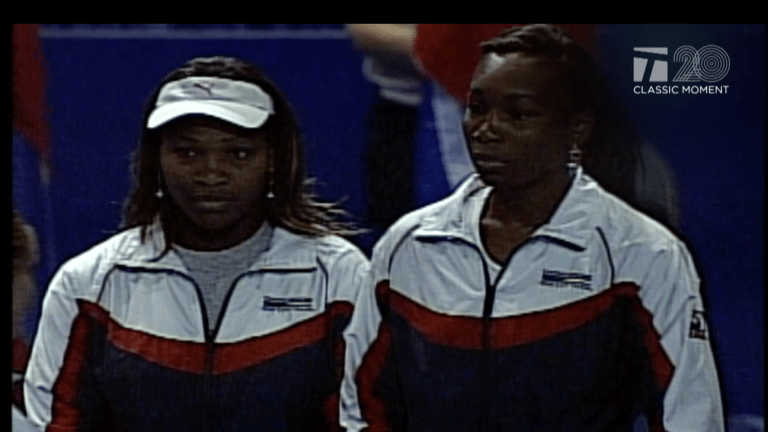
"Venus Williams or Serena Williams will be the first player to ever hit a ball on The Tennis Channel," TTC founder and former president and Steve Bellamy said in the lead-up to the network's debut.
Advertising
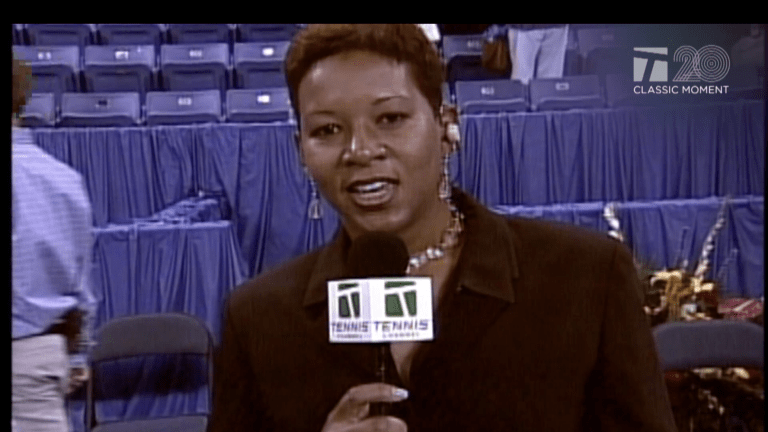
"I remember everything about it," says Katrina Adams about the Lowell broadcast. "To see where we've come from, 20 years later...who would've thunk it."
Advertising
Advertising
An unexpected visit to the Tsongas Center at UMass Lowell
/
